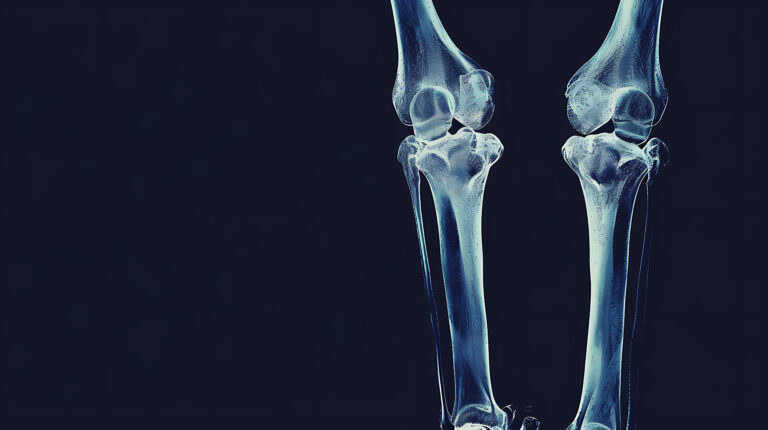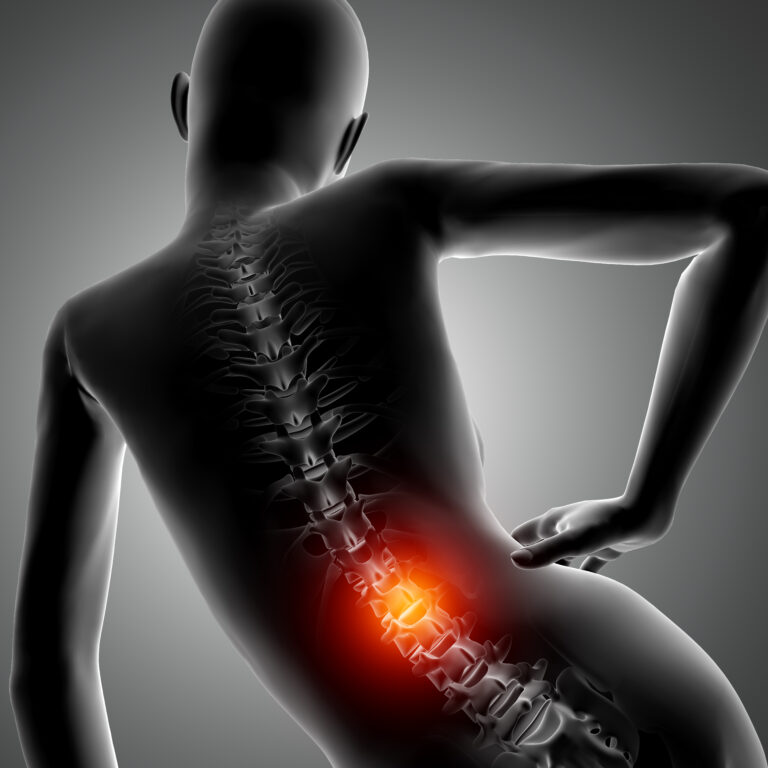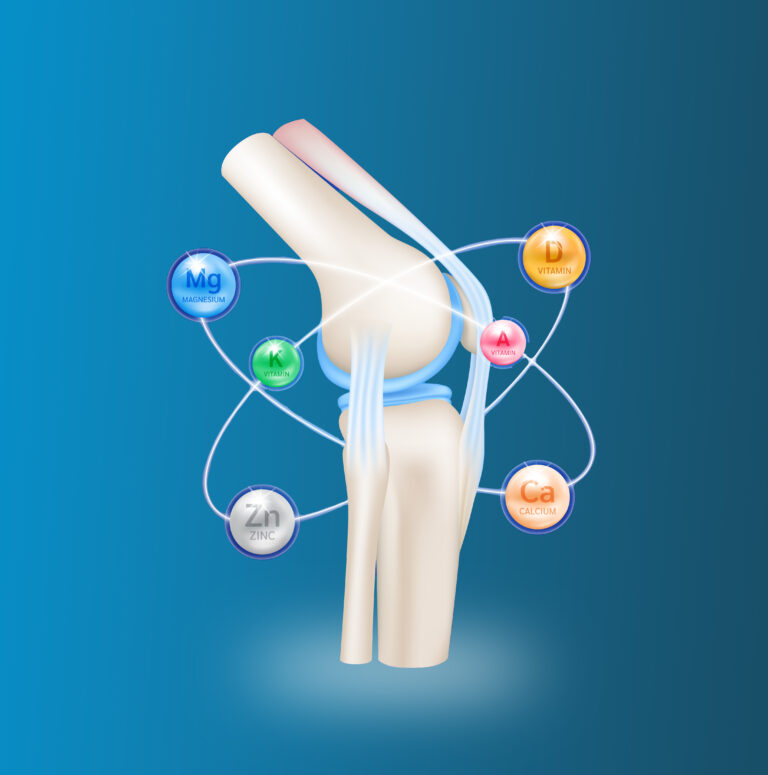
Introduction
Pain is a common symptom in orthopedic conditions, affecting mobility and overall quality of life. Effective pain management is crucial in managing musculoskeletal disorders, promoting recovery, and enhancing the patient experience. A comprehensive approach to pain management includes both conservative and advanced techniques that aim to alleviate pain, reduce inflammation, and restore functionality.
Overview
Orthopedic pain can result from conditions such as arthritis, fractures, soft tissue injuries, or degenerative diseases. The management of this pain requires an individualized approach, taking into account the cause, severity, and specific needs of the patient. A combination of treatments, including medications, therapies, and interventions, is often employed to provide optimal relief.
Pain Management Strategies
- Medications:
- NSAIDs (Nonsteroidal Anti-Inflammatory Drugs): Commonly used for mild to moderate pain, they reduce inflammation and provide pain relief.
- Acetaminophen: An alternative for mild pain, particularly when inflammation is not present.
- Opioids: Prescribed for severe pain, though often used cautiously due to potential side effects and risk of dependency.
- Corticosteroids: These can be used to reduce inflammation in conditions like arthritis.
- Physical Therapy:
- Exercise: Targeted physical therapy exercises help to strengthen muscles, improve joint stability, and reduce pain.
- Manual Therapy: Techniques like massage or joint mobilization can help alleviate pain and improve mobility.
- Modalities: Heat or cold therapy, ultrasound, or electrical stimulation can assist in pain reduction and muscle relaxation.
- Interventional Procedures:
- Injections: Corticosteroid or hyaluronic acid injections are used to reduce inflammation in the joints and provide relief.
- Nerve Blocks: These can help manage pain by temporarily interrupting pain signals from affected areas.
- Radiofrequency Ablation: A minimally invasive procedure that uses heat to block pain signals from nerves.
- Surgical Treatment:
- Joint Replacement: For severe arthritis or joint degeneration, surgical interventions like knee, hip, or shoulder replacements may provide significant pain relief.
- Arthroscopic Surgery: Minimally invasive procedures can help repair damaged tissues, remove inflamed tissue, or alleviate pain in joints.
Potential Risks and Complications
- Medication Side Effects:
Long-term use of pain medications, particularly opioids, can lead to side effects such as gastrointestinal problems, dependency, and kidney or liver damage. - Surgical Complications:
While effective, surgeries carry risks including infection, blood clots, nerve damage, and potential failure to fully alleviate pain. - Invasive Procedure Risks:
Injections and nerve blocks, though helpful, carry risks such as infection, bleeding, or allergic reactions. Additionally, the effectiveness of these treatments may vary depending on the individual.
Understanding the Recovery Process
- Post-Treatment Care:
Recovery from pain management interventions, whether surgical or conservative, typically involves physical therapy and rest. Post-surgical recovery can involve a longer rehabilitation period, while non-invasive treatments usually result in quicker recovery. - Gradual Return to Activity:
Patients should follow the prescribed rehabilitation plan, which often includes gradual progression in activity levels. This approach helps to avoid overexertion and supports healing while managing pain effectively. - Monitoring Pain and Adjusting Treatments:
Regular follow-ups are essential to monitor pain levels and adjust the treatment plan if necessary. Adjustments may involve changes in medications, therapies, or interventions to ensure continued pain management success.
Key Takeaway
Comprehensive pain management in orthopedics is a multifaceted approach that combines medications, physical therapy, interventions, and surgery to effectively manage pain. The goal is to alleviate discomfort, restore mobility, and improve quality of life for patients with musculoskeletal conditions. By working with healthcare providers, patients can develop personalized treatment plans to achieve optimal outcomes.
Disclaimer
This overview is intended for educational purposes and should not replace professional medical advice. Always consult with a healthcare provider to determine the most suitable pain management plan for your specific orthopedic condition.




